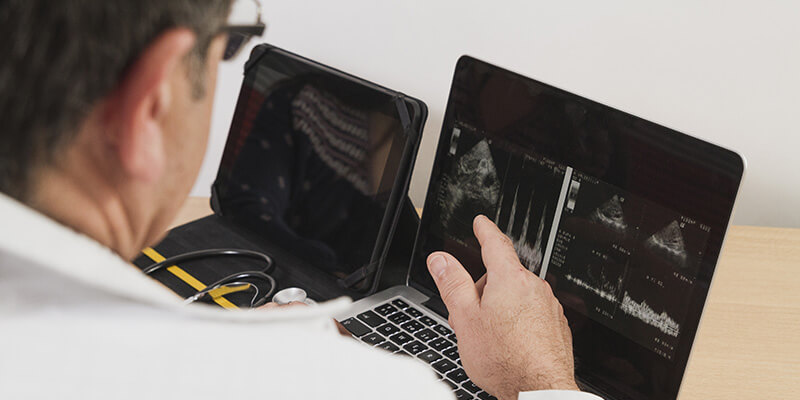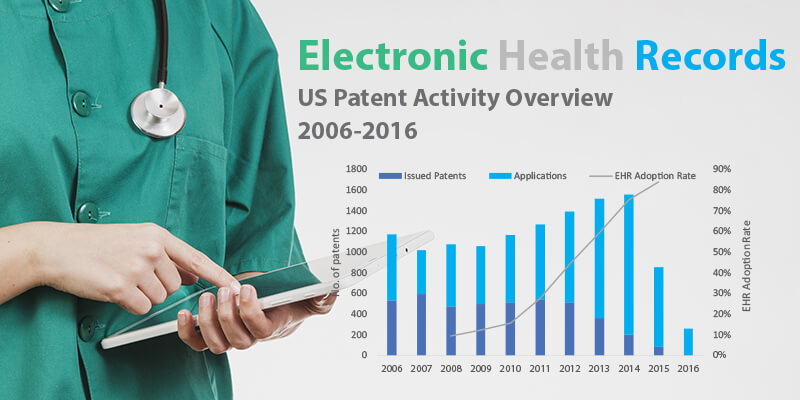A recently filed patent application from Apple describes the use of electromagnetic waves for health monitoring applications, which may include testing glucose levels, or even skin cancer and other skin disorders.
In 2017, CNBC reported on a group of biomedical engineers within Apple, set on developing non-invasive blood sugar monitoring technology. Apple co-founder Steve Jobs supposedly envisioned the “super secret” initiative before his death in 2011.
Apple’s patent application mentions implementation of the technology in an electronic device. In the Silicon Valley tech giant’s case, that device could likely be a future iteration of its Apple Watch. The popular accessory is already capable of reading a user’s blood oxygen level.
“Terahertz Spectroscopy and Imaging in Dynamic Environments with Performance Enhancements Using Ambient Sensors” details how electromagnetic waves emitted in the terahertz frequency reflect into a readable response. Specifically, absorption spectra, which is used in proposals for non-invasive glucose monitoring systems. Apple has also filed patents for three related variations of the technology.

There are over 34 million people with diabetes in the U.S.; besides the substantial dietary and lifestyle changes entailed, patients also need to constantly test their glucose levels — pricking a finger to draw blood multiple times a day. Technology like the one described in Apple’s patent could greatly improve diabetes patients’ day-to-day lives.
For a long time, the bloodless blood sugar test has been a holy grail within the field of medical technology. Abbott proved it was possible in 2017 when its continuous glucose monitor received FDA approval. Now, Apple could take the next step forward in making diabetes care more convenient, assuming one German startup does not beat them to the punch.
DiaMonTech, based in Berlin, claims to have developed a similar system to Apple’s. It involves measuring the small amount of heat produced when glucose molecules in skin absorb certain wavelengths from an infrared laser. The process takes a few seconds, and all a diabetes patient has to do is place their finger on a machine’s optical lens.
Meanwhile, Fitbit is also improving the process of glucose monitoring for diabetics using its eponymous activity tracker and competitor to the Apple Watch. The company’s app now has a feature for tracking blood sugar levels, though users still need to manually log the data or import it from a glucose meter. There is currently no Fitbit capable of non-invasive blood tests.






